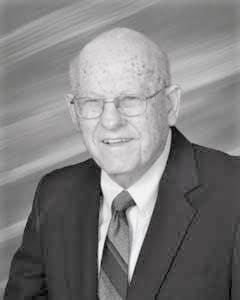
by ADON TAFT
In a day when the demand for change wins or loses elections, makes cell phones obsolete within six months, or labels historic names for athletic teams “offensive,” does a staple remain?
Since after nearly 400 years not a whole lot seems different about the way we celebrate the most American of all our holidays, it might seem that Thanksgiving is that staple.
Then as now, a major feature of the celebration was a big meal for extended family and friends with leftovers for two or three days. The men and boys went hunting and fishing like many still do. The women cooked. There were competitive games, singing and dancing all of which remain on today’s holiday menu. In that day, a religious service of thanksgiving was central. Today, not so much.
Changes, subtle and not so subtle, have taken place with a fading knowledge of the facts about the beginnings of the tradition and a growing diversification in the culture of the nation.
The facts:
When in 1620 the Pilgrims, seeking a place to practice their form of Christianity in freedom and safety, landed at Plymouth Rock in what we now know as Massachusetts, it would seem there was little for which to be thankful. Of the 102 passengers and a crew of 19 aboard the Mayflower, one passenger and one member of the crew had died during the two-month journey. Many, including a majority of the 34 children, were sick. Most of the supplies were diminished by storm and vessel repair delays.
On shore, they found economic hardship resulting from inter-tribal wars and a disease-decimated population. The local natives, members of the Wampanoag tribe, had just been through the worst decade of their lives.
Few modern-day Americans are taught that those Indians welcomed the English newcomers (by way of the Netherlands) as possible allies against the Mi’kmaq warriors and Narragansett from the north and Pequot tribe from the west who already had taken most of New England from the thousands of Wampanoag who for generations had called that land home.
In addition, up to 90 percent of the remaining Wampanoag had fallen victim to leptospirosis, a fatal or near fatal combination of bacterial infections apparently contracted from contact with French fur traders.
The Pilgrims were thankful to God that residing among the Wampanoag was Squanto, a Patuxet Indian whose entire tribe had been victims of the epidemic while he had been taken away aboard a Spanish merchant ship and sold into slavery in Spain and England where he learned the language before being set free and returned to his native land.
Serving as an interpreter, Squanto taught the newcomers to grow corn, squash and beans, to catch fish and other seafood. After living with the Pilgrims, he became a believer in their faith that God, in His earthly form as Jesus Christ and as evidence of His love of mankind, on the cross personally paid the death penalty for the sins of any who will believe. To them He will grant salvation and an eternity in Heaven.
Out of gratitude for their help in surviving their first difficult year in their New World and the harvesting of a bumper crop, the Pilgrims invited Squanto and Massasoit, the local tribal leader who had granted the Pilgrims their land, and 90 of his followers as guests for the first annual Thanksgiving celebration, probably in late September of 1621.
Similar celebrations followed in other co
lonies. A century and a half later, the first official act of Congress after adopting the Constitution and the Bill of Rights for the new nation of the United States of America was to set a National Day of Thanksgiving on Sept. 25, 1789.
The date has varied since then but, however neglected or ignored, the purpose — to thank God for the blessings He has bestowed on us as individuals and as a nation and for the freedom to do so — has not. Thank God.
(Adon Taft was the religion editor for 37 of his 54 years with the Miami Herald. He taught social studies at Miami-Dade Community College and authored the chapters on religion in the three-volume history of the state, “Florida from Indian Trail to Space Age,” edited by Dr. Charllton W. Tebeau and Ruby Leach Carson.)
